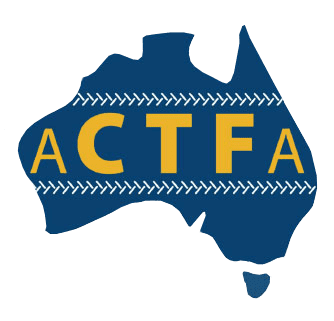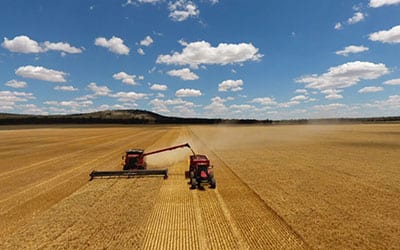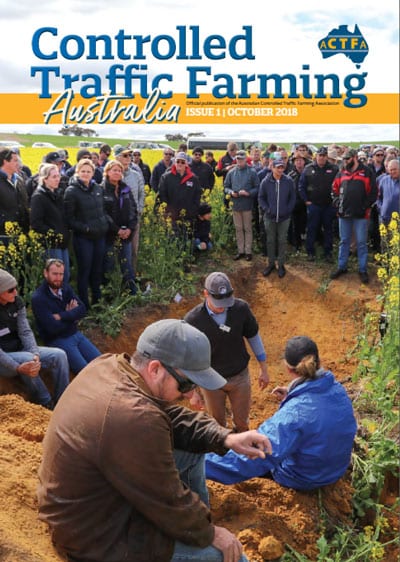NEW
Become a member of ACTFA
Australia’s peak body for controlled traffic farming
A GROWING INTEREST IN CTF
The Australian Controlled Traffic Farming Association Inc (ACTFA) are continuing to see a growing interest in controlled traffic farming (CTF) practices, not just here in Australia, but from growers and researchers around the world.
This increased interest isn’t yet matched by the information that’s available in the public domain to help producers achieve the full benefits of CTF on their farms and their bottom line.
The most cost-efficient way for us to collate and make this information available to members of the CTF community is through a regular digital publication such as the new Controlled Traffic Farming Australia magazine.
This magazine will cover all aspects of CTF and give both CTF newcomers and veteran CTF farmers access to valuable new research, case studies and insights.
The only way to access this information is by becoming a member of ACTFA in exchange for three action-packed editions of our digital magazine delivered to your inbox each year.
ACTFA Membership
Member Benefits- Full membership to the Australian Controlled Traffic Farming Association.
- Three editions of Controlled Traffic Farming Australia, a digital magazine for growers, researchers and CTF industry members, featuring cutting edge articles and CTF case studies from Australia and overseas.
- 20% discount on entry to all future national and international CTF conferences.
- FREE mentoring service from researchers and experienced CTF farmers.
- Access to members-only areas on the ACTFA web site containing the latest research and presentations from CTF conferences.
JOIN ONLINE
WHY CTF?
GETTING ON TRACK
In a CTF system, all machinery has the same or modular working and track gauge widths and precise guidance is used to keep all wheels on permanent traffic lanes, covering the smallest possible area of the paddock.
In most grain systems, this will give a tracked area of 15% or less, but other sectors (cane, horticulture) may be challenged to get lower than 30%. Farm, paddock and permanent traffic lane layout are arranged to optimise drainage and logistics, and tillage is eliminated or minimised.
Naturally, it is not necessary to instantly achieve all those ideals. Most successful CTF adopters have used a planned, low-cost approach, moving towards full adoption over several years.
The system delivers major benefits to the grains industry which currently has the highest adoption rate, followed by cotton, sugar, horticultural and forage industries. While there are greater mechanisation difficulties in some industries (e.g. cane and horticulture), in each sector there are a number of producers who have overcome the issues and are reaping the benefits of adoption.


